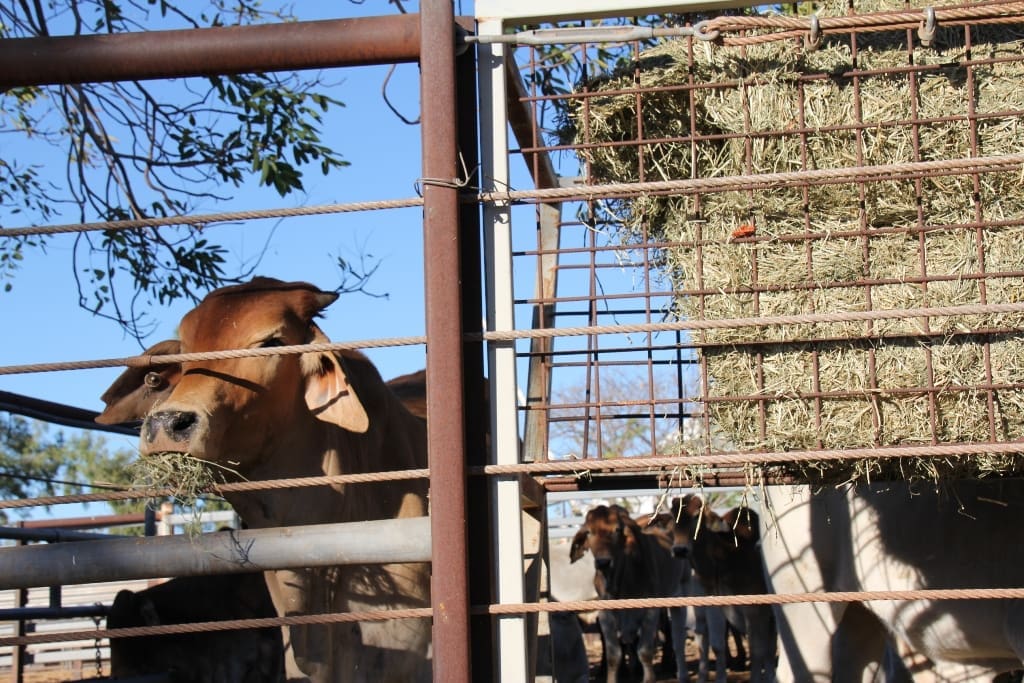In the first six months of this year Northern Australia exported almost 450,000 cattle to Indonesia, the same volume it exported to the market during all of 2013.
At the same time more than 100,000 cattle have also been shipped from the region to other South East Asian markets including Vietnam, Malaysia and the Philippines.
Given the large volumes of cattle already shipped this year, the big talking point now surrounds how many cattle are left and whether there will be enough stock in paddocks to fill the continued high demand coming from SE Asia.
Faced with a significant shortage of beef and unaffordably high prices for consumers, the Indonesian Government indicated its intention in January to import 750,000 cattle to relieve the supply shortfall in 2014.
With almost 450,000 shipped in the first two quarters, Indonesia has just released permits for another 167,000 cattle for the third quarter, leaving 137,000 cattle to be imported in the last quarter if the 750,000 head goal is to be reached.
However that target was set by the old Government and import plans could easily change now as the newly elected regime – the identity of which will be known in coming days or possibly weeks – implements its own policies.
Both candidates have publicly advocated a desire to phase out meat imports in future to protect domestic farmers, but both are also aware of the need to maintain food prices at affordable levels for consumers, and the important role imports play in allowing that to happen.
Probably of greater short term importance for Australia’s trade will be how the election outcome affects the strength of the Indonesian Rupiah.
Should the election result in a lack of confidence in the new regime and the IDR was to suddenly weaken, demand could be impacted as the cross-rate with the AUD makes the trade unviable for importers.
These are some of the key issues to watch on the demand side, but on the supply side, exporters do not appear to be growing too concerned about available numbers in Northern Australia just yet.
Northern Territory Livestock Exporters Association chief executive officer Ben Hindle said the high volumes of cattle exported from Northern Queensland this year due to drier than usual conditions means there are still likely to be relatively good numbers of cattle in the Territory.
He said three boats left the Port of Darwin in the past two weeks for Indonesia, and will return to Townsville to pick up around 38,000 head in the next two weeks.
“Essentially the unseasonal conditions in Queensland have led to 120,000 cattle being put through Darwin that historically would never have usually come north, meaning there is probably that many cattle still sitting in the Territory over and above what would normally be there,” he said.
Prices for steers ex Darwin are currently back to around $1.85-$1.90/kg depending on quality, with heifers $1.65-$1.70 and good drafts of cows making $1.30.
The one factor that would suddenly change the supply outlook and in turn the farm-gate price is widespread rain.
Exporters lash out at Darwin export costs
Mr Hindle said a major issue of concern for exporters surrounds the lack of reliable access to the Port of Darwin.
He said inefficient port procedures and scheduling was leaving exporters facing exorbitant demurrage costs that in some cases was more than eroding entire profit margins on charter shipments before they had even loaded.
In one recent instance a ship carrying 7000 cattle was held at short anchor for six days which cost the exporter $243,000 in unscheduled demurrage and excess feeding costs, and in turn ‘annihilated’ the profit margin for the consignment.
“We talk about northern development and Asian engagement every five seconds, but we actually can’t get vessels into Port.”
Exporters wear the demurrage costs because by the time those costs are incurred, they have already purchased the cattle from the producer and have already agreed to pricing with the importer.
“They cannot cost it back to anyone, whatever that cost is they have to wear,” Mr Hindle said.
“There are exporters now who won’t ship cattle out of Darwin again until this is fixed.”
He predicted more cattle would be exported out of Townsville and Broome because of the concerns exporters currently have with the costs they are being forced to incur from access delays in Darwin.
“Darwin is the biggest live export port in Australia, but the Darwin Port is slow to deliver our product to fulfil international requirements,” Mr Hindle said.




HAVE YOUR SAY